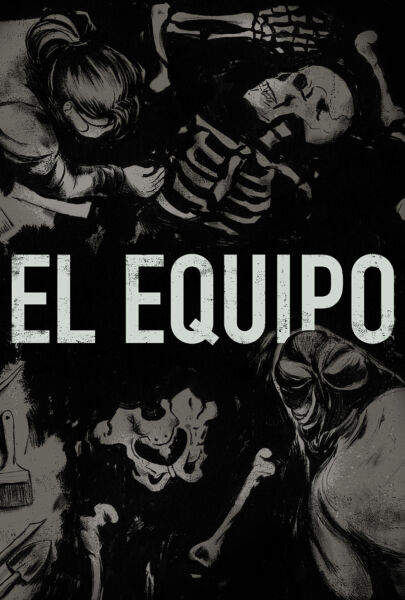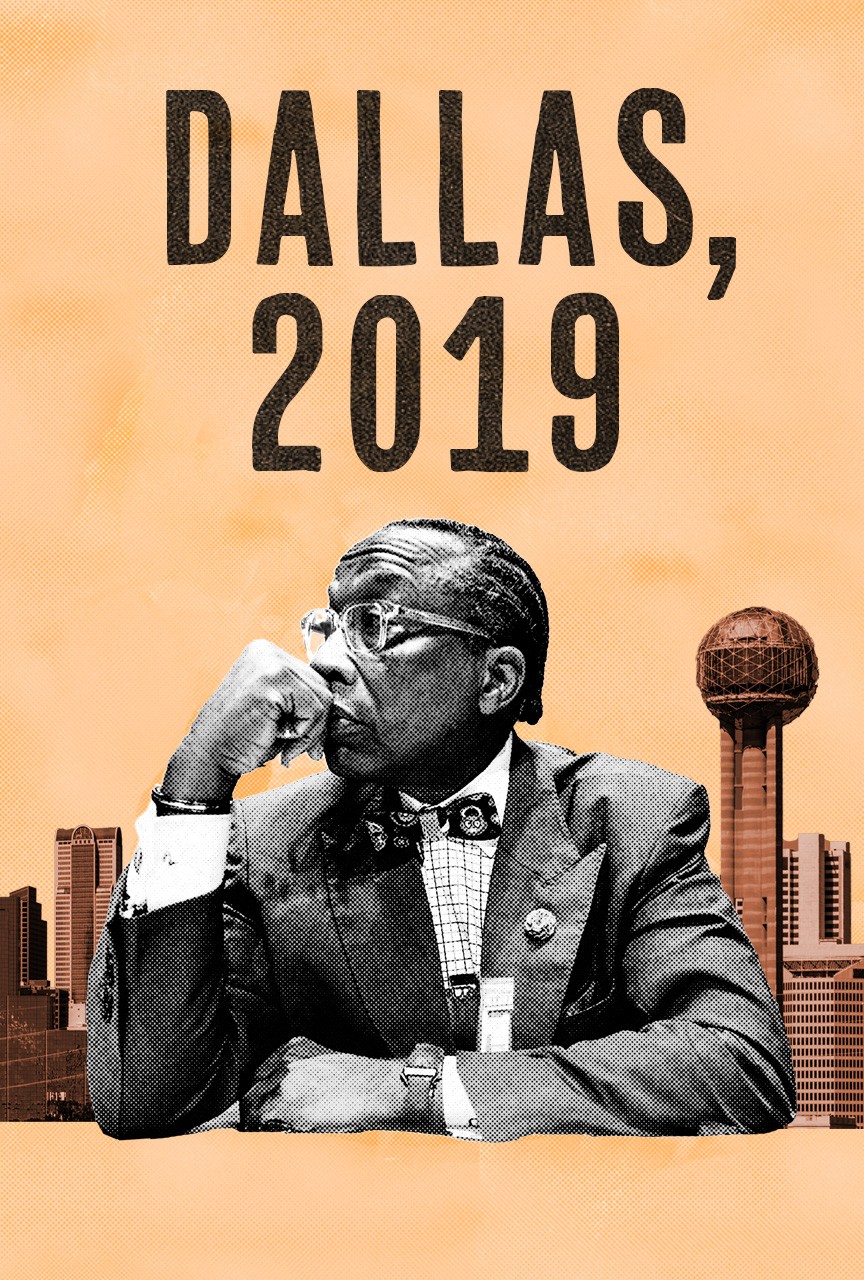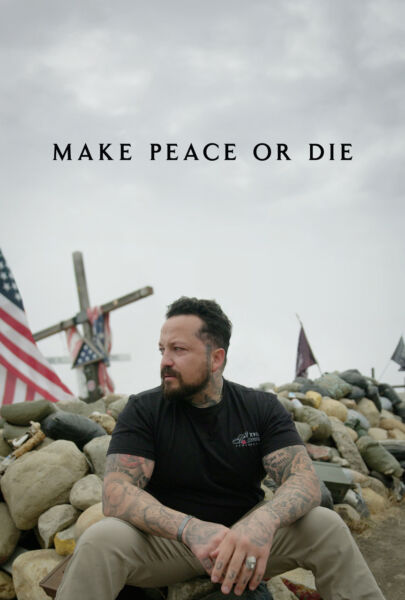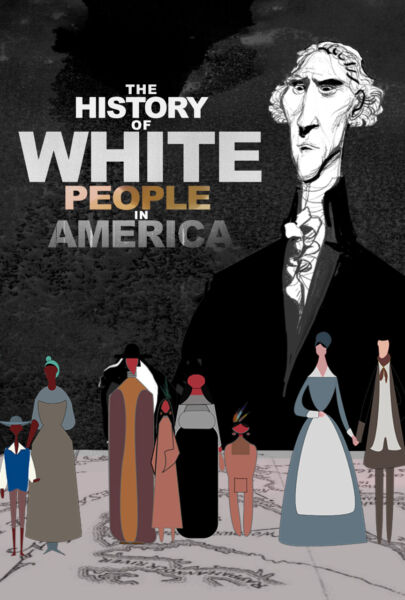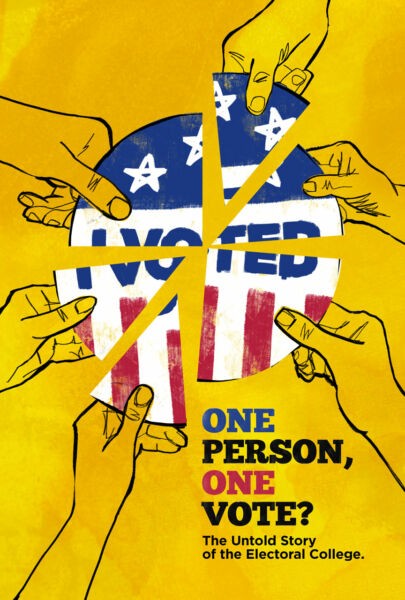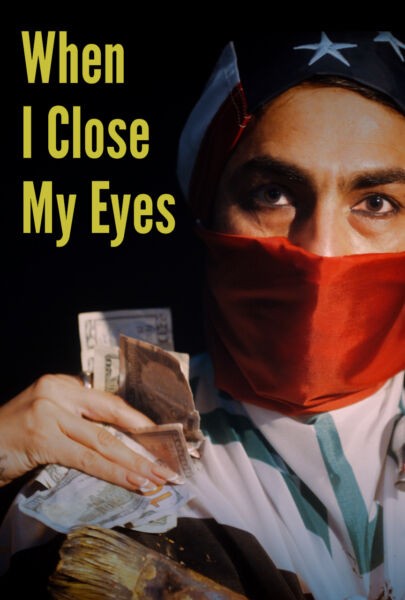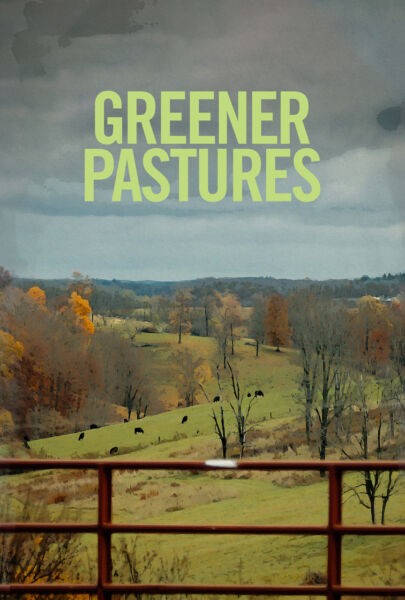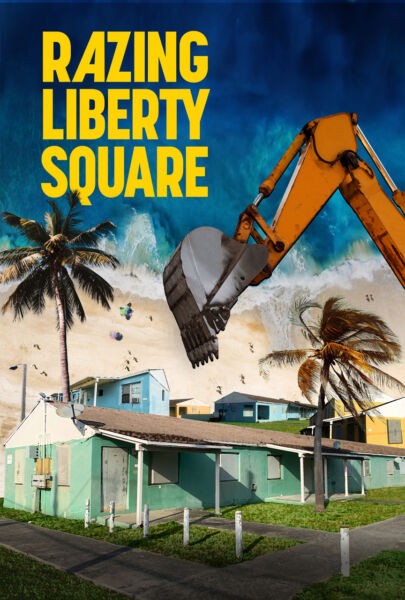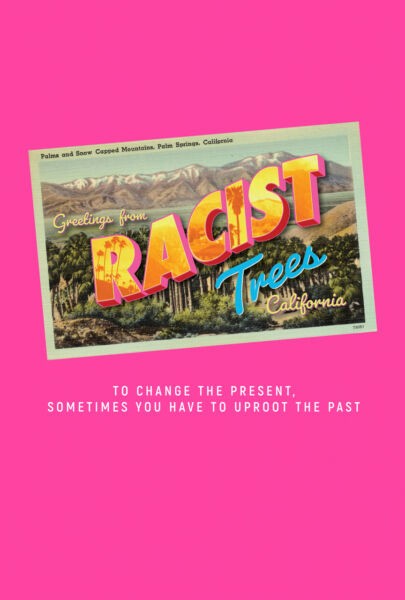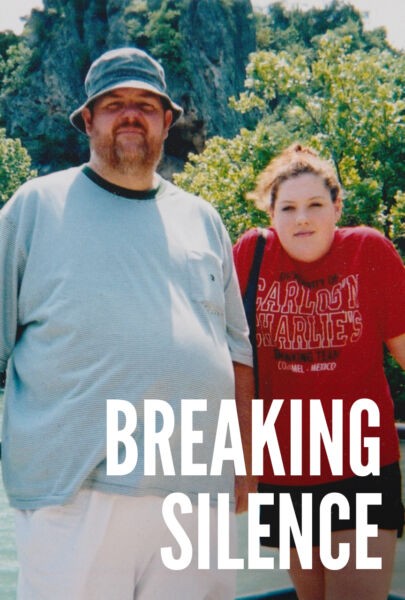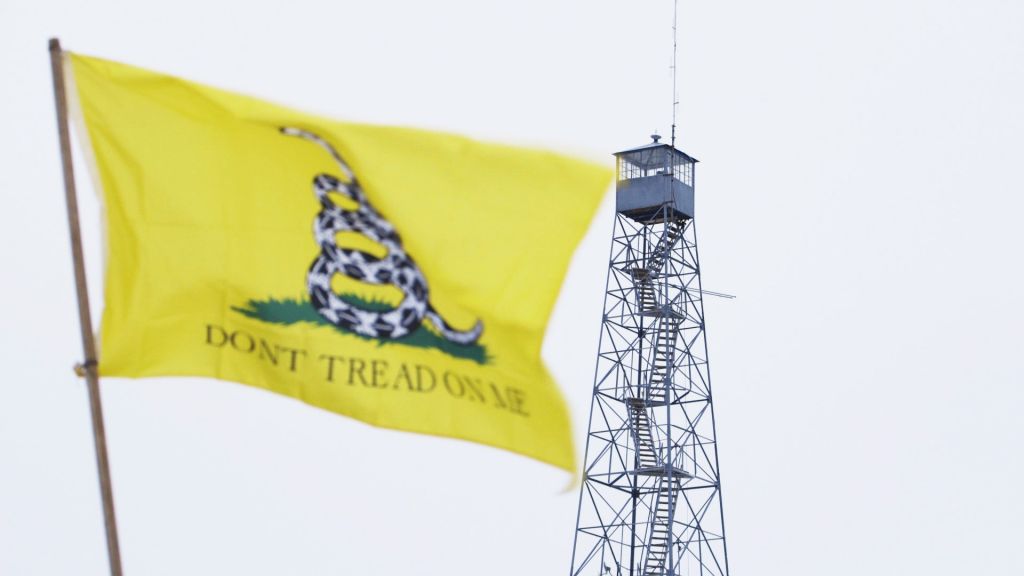
In the Independent Lens No Man’s Land, we get a fly on the wall sense of the tense armed takeover and 41-day standoff at Oregon’s Malheur Wildlife Refuge, led by rancher Ammon Bundy and his militia. Before it was all over, 26 people were arrested and charged with felony conspiracy against the government for their roles in the Malheur occupation, with one dead. While your view of the Bundy group and their arguments may vary, and may not seem as righteous to you as it did to them, there’s no question their occupation takes its place in American history with a few other movements who took over public land or property in order to take a stand, to right a perceived wrong.
To Americans, the thought of rebelling against the government by taking over federal property may seem hard to fathom, yet is also wholly American (“Don’t tread on me!”), engrained in our very being.
Make no mistake, there have been rebellious takeovers through our history.
Shay’s Rebellion in Massachusetts was important in getting the Constitutional Convention put together; Dorr’s Rebellion in Rhode Island was a fight for control of Rhode Island state in 1841-42; the abolitionist John Brown’s renowned attempt to take over Harper’s Ferry in 1859 was an attempt start a slave revolt. And one of the more important but often overlooked political takeovers in US history happened after WWI, in Washington D.C., and involved a soon-to-be more famous General helping end it.
This sad moment in 1932 involved the U.S. Army having to use force against its own, basically–military veterans. The “Bonus Army” was a protest and encampment of World War I vets trying to get their pensions moved up because of the Great Depression, camped out near the White House in 1932. They were dispersed by forces led by Douglas MacArthur. A PBS documentary March of the Bonus Army covered this very brief uprising:
Alongside the 2016 Malheur takeover, explore a few of the other famous modern uprisings, to show where they connect, and where they diverge, from our history.
Public Land
It helps to understand how people value public land in America. The Guardian newspaper polled readers that very question.
“It is a gift that has enriched our lives and given sanctuary to the creatures that have been here for hundreds of thousands, if not millions, of years.”
The battle over public land use is about the only way we could lump the Malheur protesters with “tree huggers,” environmentalists who take action to protect public land from being logged and developed (as with Julia Butterfly Hill, who famously sat in a tree in an old growth forest for 738 days). These protests are still happening, like in the Peters Mountain Wilderness in the Appalachian Mountains or Oregon activists trying to protect the Umpqua National Forest.
Many environmentally inclined Americans now fear a sort of reverse-takeover happening, in which federal land is being sold off to give to private (corporate) ownership. California’s refusal to participate in this sell-off has led to the Justice Department suing the state.
The protesters in the Malheur takeover valued the land for very different reasons, however. Led by Ammon Bundy–who participated in a 2014 standoff against the Bureau of Land Management (BLM) at his father’s Nevada ranch, for which they were later acquitted–felt this land was rightfully theirs as private citizens and not the government’s to open up. The organizers wanted to advance their view that the US Forest Service (USFS), BLM, and other agencies are constitutionally required to turn over most of the federal public land they manage to individual states (and by extension, individuals).
Yet while some members of the Malheur protesters thought they saw a kinship with Native American activists, Native groups saw it a bit differently.
Native American Perspective on the Bundy/Malheur takeover
Aside from seeing what they perceived to be a double standard when it comes to political and judicial repercussions from the standoff, Native Americans also paid attention to how their own priceless relics (an estimated 4,000 Paiute tribal artifacts are kept at the refuge) were treated–and scorned at, as seen in No Man’s Land–by the Malheur protesters, even more so given how Native American activists (and supporters) protesting the proposed pipeline at Standing Rock were subsequently treated in comparison.
[From NPR:] “When the occupiers took over the refuge last January, the Burns Paiute people watched in dismay. Ancient artifacts stored there were handled and moved. At one point the militants bulldozed through sacred burial grounds while trying to build a road.
Long before it became a refuge in 1908, the Malheur was the traditional winter gathering area for Kennedy’s people. That was also long before they were moved to a 10-acre reservation near a landfill outside the small town of Burns.
Kennedy’s tribe briefly made national headlines when it spoke out during the occupation. Tribes from around the country and First Nations people in Canada called with offers to come to Burns and support them. Kennedy says his tribe declined. It was just too tense of a time and they were worried about violence.
But in the end, he says something good came out of it all.
“As Native peoples, this Bundy stuff kind of kicked off something, like a unity thing,” Kennedy said.
Tribes in Nevada are now pushing for permanent protection of lands they consider sacred around militia leader Cliven Bundy’s ranch, the man who inspired the Oregon occupation and father of Ammon and Ryan.”
In the late ’60s, Native Americans staged a memorable takeover of their own, on a unique and solitary little island that once belonged to them.
Alcatraz
Alcatraz federal prison, which sits in the middle of San Francisco Bay and was famously near-impossible to escape from, was abandoned as a penitentiary in 1963. A year later, a small group of Native Americans briefly occupied the island for a matter of hours, reclaiming it as Native land before authorities dragged them away. This inspired a more famous, much longer-lived takeover by activists in 1969, which started small before leading to a groundswell in November, when 80 Native Americans came ashore in the middle of the night to stay.
Their goal? To “hold the Rock” until they were given control of the island to develop several Indian institutions, such as a Native American studies center, a spiritual center, and a museum, partly as replacements for a San Francisco Indian center that had burned down. But the protesters also had another motivation. “[The Alcatraz occupiers] wanted to focus attention on broken treaties, broken promises and termination of tribal areas,” said Professor Troy Johnson, chairman of the American Indian studies program at California State Long Beach, and author of several publications on the occupation. [CNN].
These political minded tribal activists would stay on Alcatraz for an astonishing 19 months.
“Composed of members of more than 20 tribes from across the continent, the occupiers called themselves Indians of All Tribes.
One of the most prominent of the organizers was Richard Oakes, a well-spoken and charismatic Mohawk from New York. He had assembled Native Americans from around the Bay Area, as well as dozens of Indigenous students from UCLA. As soon as they made landfall, the occupiers set up an elected council and went to work organizing the day-to-day running of the island, assigning jobs and making decisions by unanimous consent.
They released a list of demands, and invited the federal government to join them in formal negotiations.
Initially, the government demanded that the occupiers leave, and set up a Coast Guard blockade to prevent supplies from reaching them. The government later switched to a strategy of non-interference, hoping that by waiting long enough the occupation would collapse on its own.” [Mashable]
Learn more:
Alcatraz Is Not an Island documentary
“We Hold the Rock”: Golden Gate National Recreation Area documentary
Wounded Knee Occupation
Just a few years later, in 1973, 200 Oglala Lakota and followers of the American Indian Movement (AIM) seized and occupied the town of Wounded Knee, South Dakota, on the Pine Ridge Indian Reservation. This tragic conflagration resulted in the deaths of more than 250 (some estimate as many as 300) Native Americans. These people were guilty of no crime and were not engaged in combat. A substantial number were women and children.
The Wounded Knee siege was both an inspiration to indigenous people and left-wing activists around the country and — according to the U.S. Marshals Service, which besieged the town along with FBI and National Guard — the longest-lasting “civil disorder” in 200 years of U.S. history. Two native activists lost their lives in the conflict, and a federal agent was shot and paralyzed. Like the Black Panthers or MEChA, AIM was a militant civil rights and identity movement that sprung from the political and social crisis of the late 1960s, but today it is more obscure than the latter two groups.
Notice the skewed bent of this 1973 ABC News piece on the aftermath of Wounded Knee:
For a more “on-the-ground” perspective, including from AIM leader Russell Means:
Waco
While the tragic Waco, Texas siege in 1992, unparalleled in American history, wasn’t a takeover of Federal land, it in many ways led to further distrust among many American extremist groups of federal and state law enforcement, including the Bundy group 20 years later. And it was cited by Oklahoma City federal building bomber Timothy McVeigh as a main motivation for his 1995 attack that led to the death of 168 people, injured more than 680 others, and destroyed one-third of the building.
Still, that such an exchange even took place was testament to the deep mistrust of government harbored by some Americans, more than a few of whom come to any dispute heavily armed. Hostility toward the federal government is hardly new. It can be traced at least as far back as the anti-tax Whiskey Rebellion of the 1790s. But its modern roots may be summed up in a single word: Waco.
That word and its abiding significance are explored in the latest episode of Retro Report, a series of video documentaries that study the lasting consequences of major news stories of the past. For right-wing militias and so-called Patriot groups, Waco amounts to evidence of a tyrannical, illegitimate government unblinkingly prepared to kill its own people. [New York Times]
The way Waco was handled also had a direct affect on how the Feds responded during the Malheur siege, a more “patient” approach in an attempt to avoid escalation and confrontation.
Waco was a “black eye” for the FBI, according to Van Zandt. Since then, he said, the bureau has placed a much greater emphasis on negotiation over physical confrontation. (The violence at Waco was preceded by a bloody standoff at Ruby Ridge in northern Idaho a year prior.)
“The FBI has evolved since Waco,” said Van Zandt. “The FBI has practiced — and brings to a situation like [Oregon] — an approach that advocates endless patience instead of overwhelming tactical advantage.”
That seems to be an accurate description of how the bureau is handling the occupation in Oregon so far. A federal law enforcement source told The Huffington Post that the FBI would attempt to avoid unnecessarily escalating the situation with an aggressive response, particularly since there does not appear to be any imminent deadly threat. And the FBI said in a statement that it would work with local law enforcement to reach a “peaceful resolution.” [Huffington Post]
Seek out the excellent FRONTLINE on WACO, from some years ago, for more:
And the 1997 documentary Waco: The Rules of Engagement:
Sovereign Citizen Movement
Although it’s not exactly new, something that has come up very recently, under tragic circumstances, is the so-called “sovereign citizen movement.” The Tennessee Waffle House shooting suspect deemed himself a part of this movement. And as this recent VICE piece that looks deeper into this ideology, says, “unlike the alt-right, or neo-Nazis, for instance, theirs is not a neatly-defined subculture.”
The concept has inspired multiple other movements (tax protest movement, Christian Patriot movement, etc.), sprung from the Posse Comitatus far-right Christian movement in the late ’60s, [and was even something that was made fun of as far back as the ’90s in the sketch comedy series Mr. Show], but has really come back into “fashion,” as it were, in the past decade. Read more in this Vox piece by Jennifer Williams:
These people call themselves “sovereign citizens,” and the complex symbolism they use in these documents offers a fascinating insight into the beliefs and practices of a fringe movement whose prominence in America has grown over the past few decades and whose ideology overlaps with that of many other, often more dangerous, far-right extremist movements in the US, including groups like the militia that recently took over a national wildlife refuge in Oregon.
As explained by the Southern Poverty Law Center, they believe the government creates a secret alternate identity for each American at birth and sets up a secret US Treasury account — sort of like a corporate “trust” — under that alternate identity. The US government funds these “corporate shell” accounts to the tune of hundreds of thousands or even millions of dollars.
Minneapolis news piece on sovereign citizens movement rise:
Clearly, this is a complicated, some would say touchy, subject, and these are just some of the more prominent examples. But this survey is a way to find common threads (and uncommon threads) in instances where certain groups banded together to take a stand against the government, to right a perceived wrong, and if nothing else, to get attention for their cause–however briefly.




